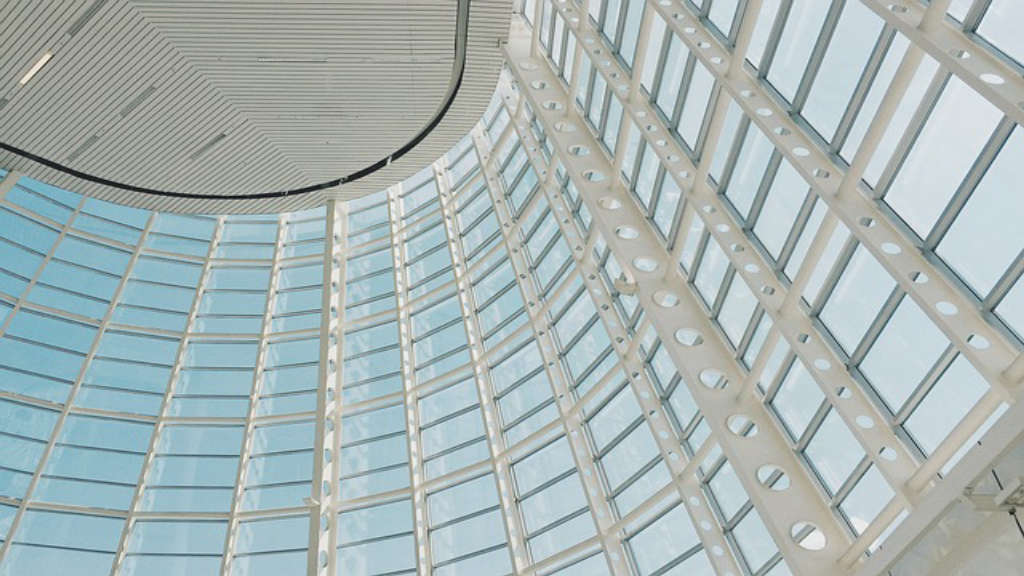In today’s ever-evolving world, the realm of architecture is undergoing a transformative renaissance. Architects and designers are not only rethinking traditional structures but also integrating innovative solutions that prioritize sustainability and human experience. As we delve into the latest trends and concepts, we’ll explore how recent Architecture Updates are reshaping our environments to create both functional and aesthetic spaces.
Main Points
- Exploring the integration of sustainable materials in modern designs.
- Examining how innovative technologies influence architectural practices.
- Discussing the importance of human-centric design in contemporary architecture.

Exploring Sustainable Design Strategies: How Innovations are Shaping the Future of Architecture
As we delve deeper into the world of architecture, the concept of sustainability has emerged as a cornerstone of modern design. Not only are architects reimagining spaces, but they are also considering the broader environmental implications. This shift is not merely a trend; it reflects a profound realization about our responsibilities.
Key Strategies in Sustainable Architecture
- Energy Efficiency: Utilizing materials and technologies that minimize energy consumption is essential. For example, solar panels and high-performance insulation play vital roles in reducing a building’s carbon footprint.
- Water Conservation: Innovative systems for rainwater harvesting and greywater reuse can significantly decrease water waste. These practices, while technically complex, are crucial for addressing our global water crisis.
- Biophilic Design: Integrating natural elements into architecture not only enhances aesthetics but also promotes wellbeing. By incorporating plants and natural light, spaces become more inviting and healthier.
However, the path to sustainable architecture is fraught with challenges. Budgets can constrain innovation, yet necessity often sparks ingenuity. As we navigate these complexities, it’s evident that the arc of architectural evolution is shifting towards greater environmental consciousness. What awaits us in this rapidly changing landscape may very well depend on our collective commitment to a harmonious balance between aesthetic appeal and ecological responsibility.

Integrating Technology and Aesthetics: Transformative Trends in Modern Architectural Practices
In today’s architectural landscape, the fusion of technology and aesthetics has become more than just a trend; it’s a guiding philosophy. While traditional designs often emphasize form over function, modern practices challenge this notion through innovative applications of technology. Architects now find themselves creating spaces that are as functional as they are visually compelling.
Consider the incorporation of smart materials, which optimize energy efficiency while enhancing the overall appeal of a building. These materials adapt to environmental conditions, blurring the line between the structure and its surroundings. As a result, the building not only serves its purpose but also reflects the user’s values and aspirations. This synergy between technology and aesthetics is redefining what we perceive as beautiful.
| Aspect | Impact |
|---|---|
| Sustainability | Low environmental footprint |
| User Experience | Enhanced interaction |
| Cultural Relevance | Connection to identity |
However, this progression is not without its challenges. While technology can elevate design, it may sometimes overshadow the inherent human element in architecture. Balancing innovation with tradition remains a complex task for modern architects. Thus, the dialogue between technology and aesthetics will likely continue to evolve, reflecting the changing values of society.
Conclusion
In conclusion, the journey through the intricacies of design has revealed the profound impact that thoughtful architecture can have on our lives. Architecture Updates tasarımları showcase innovative approaches that resonate with our needs and aspirations. As we embrace these modern designs, we find ourselves not just living within spaces, but experiencing a more enriched way of life. Our environment shapes us, and it’s essential to acknowledge the importance of these updates in creating functional and inspiring spaces. While challenges may arise, the potential for transformation remains limitless. Therefore, let’s celebrate the fusion of creativity and practicality, as it continues to redefine the world around us.
Frequently Asked Questions
What are the key components of modern architecture updates?
The key components of modern architecture updates include sustainable design, smart technology integration, and flexible space utilization.
How often should architectural designs be updated?
Architectural designs should be updated regularly, ideally every 5 to 10 years, or whenever significant technological or societal changes occur.
What role does technology play in contemporary architectural updates?
Technology enhances architectural updates by enabling advanced design software, building information modeling (BIM), and the incorporation of smart home technologies, improving both efficiency and functionality.
